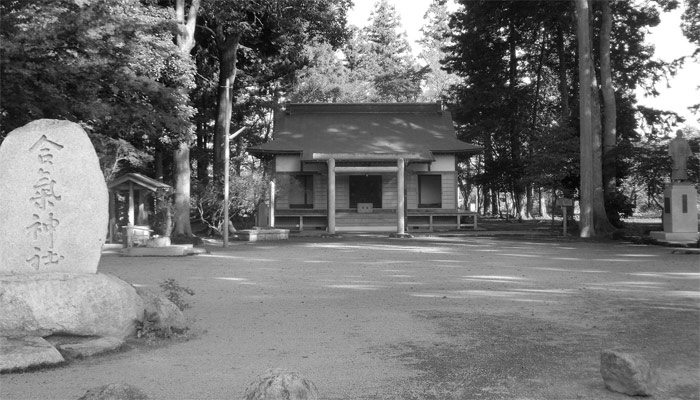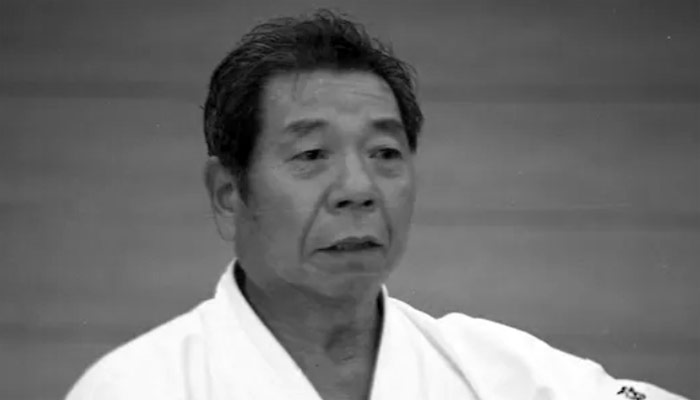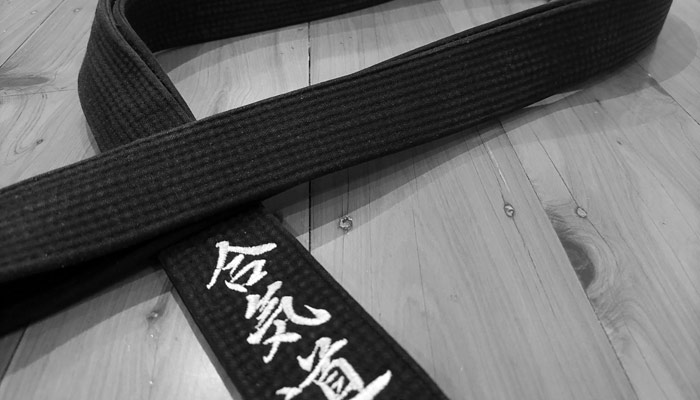-
Aiki Jinja: Bridging Spirituality and Martial Arts in Iwama
Nestled in the tranquil town of Iwama 岩間, Japan, Aiki Jinja 合気神社 (Aiki Shrine) stands as a testament to the convergence of martial arts and spiritual reverence. In 1942, Ueshiba and his wife, Hatsu, relocated from Tokyo to Iwama. In this little town, Ueshiba dedicated himself to the concept of martial and agricultural unity 武農一如, acquiring land and engaging in farming activities. Subsequently, he constructed both a dojo and a shrine, the Aiki Jinja. He referred to this place as the birthplace of aikido 合気道の産屋. Over time, this site has gained profound significance, now regarded as a sacred ground by countless aikido practitioners. Ueshiba constructed Aiki Jinja as a sanctuary…
-
Morihiro Saito: Guardian of Ueshiba’s Teachings
Morihiro Saito 斉藤 守弘, a prominent figure in the world of Aikido, was born on March 31, 1928, in Ibaraki Prefecture 茨城県, Japan. He dedicated his life to the study and practice of Aikido, becoming one of the most influential sensei in Aikido history. Saito’s contributions to the art, particularly in preserving the teachings of the founder, Morihei Ueshiba, have left a lasting impact on Aikido practitioners worldwide. Just like many other youngsters, Saito used to admire the great Japanese swordsmen and studied kendo in school. However, weapons were banned following the end of WWII. He then learned Karate and Judo, thinking he would have nothing to fear if he…
-
Development of Dan Ranking System in Japanese Martial Arts and its Adoption in Aikido
Martial arts have been an integral part of Japanese culture for centuries. One of the most significant aspects in their development is the introduction of the dan ranking system. The term “dan” 段, which literally means “stage”, was first used by Sansa Honinbo 本因坊 算砂, the founder of the Honinbo Go school in the late 16th century. Go 囲碁 is a traditional strategy board game originated from China and introduced to Japan around the 7th century. The game is played by two players who take turns placing black and white stones on a square grid board. The objective is to gain more territory on the board than your opponent by…
-
Morihei Ueshiba’s Path from Kenjutsu to Aiki-Ken (Part II)
In 1927, Ueshiba moved to Tokyo and later started teaching in Kobukan 皇武館 dojo. Through his military connections, Ueshiba was later introduced to some of the top martial artists. Among them was Kosaburo Gejo 下条小三郎, a navy commander but also an expert in Yagyu Shinkage Ryu. Gejo was a top student of Yagyu 柳生厳周, the 13th generation head of the Owari Yagyu 尾張柳生 lineage. While Ueshiba and Gejo had more of a friendly relationship rather than a formal teacher/student one, it is generally believed that Ueshiba was exposed to some high level of Yagyu Shinkage Ryu techniques and concepts through this relationship. However, there is also a saying that Gejo…



